- for power and speed regulation depending on the input variable
- for single-phase loads with max. current 7 A
- continuous regulation
- galvanically separated control input from the power supply
- emergency input for sensing overheating of the connected motor
- built-in thermal protection of the controller
- adjustable minimum speed
Use
- speed control of 230 V/50Hz single phase motors
Description
Single phase controller is used for continuous control of power or fan speed depending on the size of the input variable. A voltage input of 0-10 VDC can be used as the control variable. If the analog input is zero, maximum triac closure occurs. The minimum value of the control voltage is 0.25 V. The minimum speed can be set by the trimmer located next to the terminal block and can be set at the minimum analog control voltage values. The controller is equipped with an emergency input (terminals TK-TK). When the emergency input is disconnected, the triac is closed. This contact can be used to connect the motor thermocontact. To protect the thermal overload of the triac, a temperature sensor is placed inside the controller, which reacts in case of overheating as well as failure of the emergency input, i.e. full closure of the triac. The triac cooler is located on the rear side and the operation indicator is on the front side. The LED light indicates the state the controller is in. In the normal operating condition the indicator light is permanently lit. Changing the speed (opening angle) changes the intensity of the light. Rapid flashing with a period of 0.2 s indicates the operation of an emergency input. Slow flashing with a period of 1s indicates an internal thermal overload of the controller (if it exceeds 60 °C). The cross-sections of the connecting wires must be dimensioned to take into account the length of the wiring and the risk of interference.
Caution!
The regulator must always be preceded by a main switch and overload and short-circuit protection according to the ratings indicated on the label. The load is not disconnected from the mains when the triac is closed (activation of overtemperature protection, active emergency input, zero control variable). The load must therefore be considered as still energized. Disconnection from the mains must be ensured by other devices (e.g. circuit breaker). The controller may cause intense parasitic noise, especially for motors at low speed. The heatsink is conductively connected to the PE conductor.
Mounting
Every installation must be carried out by a qualified designer. Installation and commissioning must only be carried out by a qualified person. The controller should be placed as close to the motor as possible on a flat metal surface. To improve heat dissipation from the controller, a heat conductive paste can be applied to the contact surface. Care must be taken during installation to ensure that the interior of the controller, which contains sensitive electronic components, is not contaminated. The remote control can be mounted up to a maximum distance of 50 m from the controller. The controller must not be overloaded with current exceeding the maximum permitted current Imax.
Adherence to these instructions should not pose any safety, health or environmental risks in accordance with EC directives (CE marked). The same applies to other products used in the device or during installation. Consider the following warnings:
• Observe the safety instructions to prevent damage to the device or personal injury.
• The technical information in this manual must not be changed.
• It is forbidden to interfere with the motor of the device.
• In order for the device to comply with EC directives, the device must be connected to the mains in accordance with the applicable regulations.
• The device must be installed in such a way that under normal operating conditions it cannot come into contact with any moving part and / or live part.
• The device complies with the applicable regulations for the operation of electrical equipment.
• Always disconnect the device from the power supply before carrying out any work on it.
• Appropriate tools must be used when handling or maintaining the device.
• The device must only be used for the purposes for which it is intended.
• This appliance is not intended for use by children under 8 years of age and persons with reduced physical, sensory or mental capabilities, or lack of experience and knowledge, unless they have been given supervision or instruction concerning use of the appliance by a responsible person. The user must ensure that children do not play with the device. Cleaning and maintenance of the appliance must not be carried out by children without supervision.


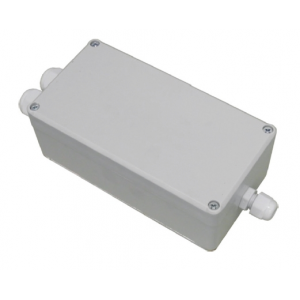
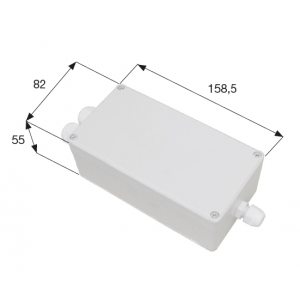
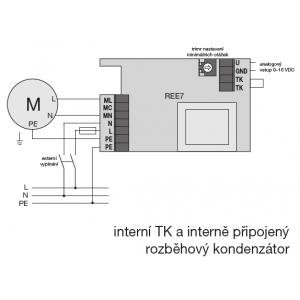
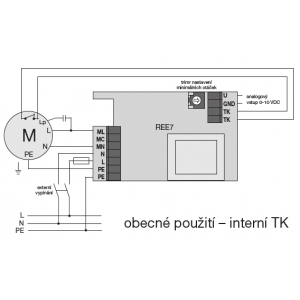
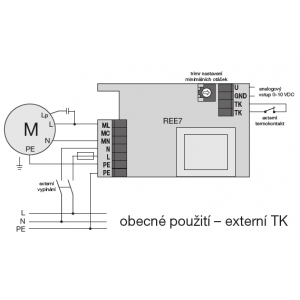
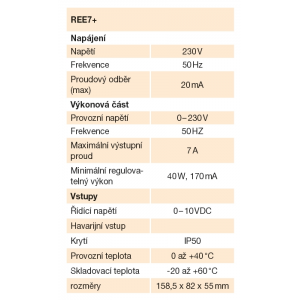
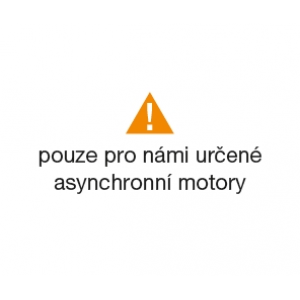
 Share on Facebook
Share on Facebook Tweet
Tweet Send email
Send email